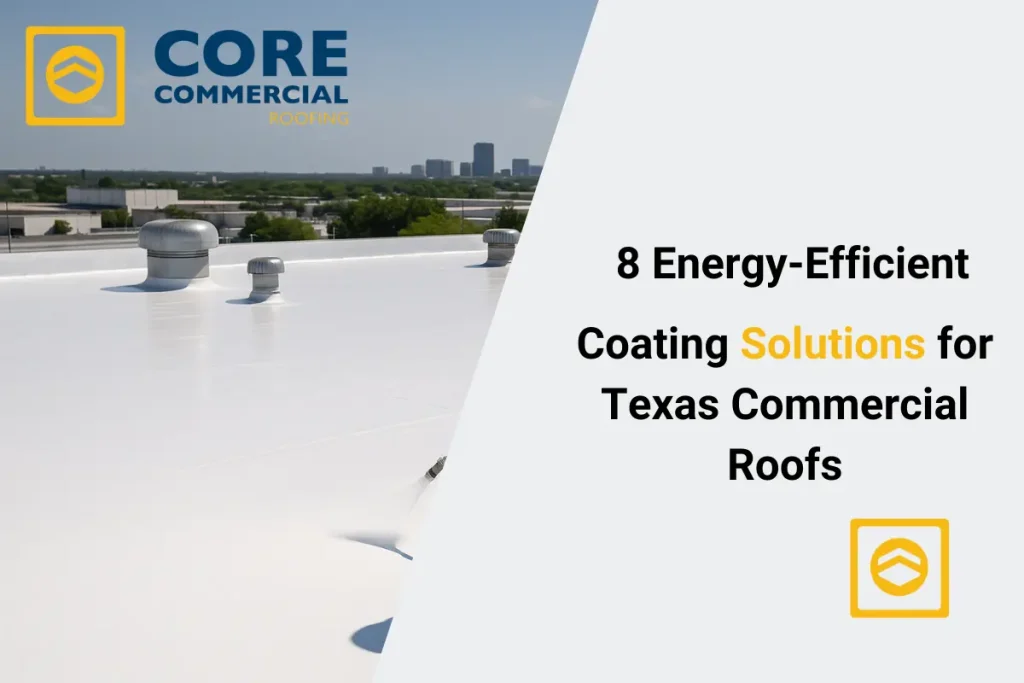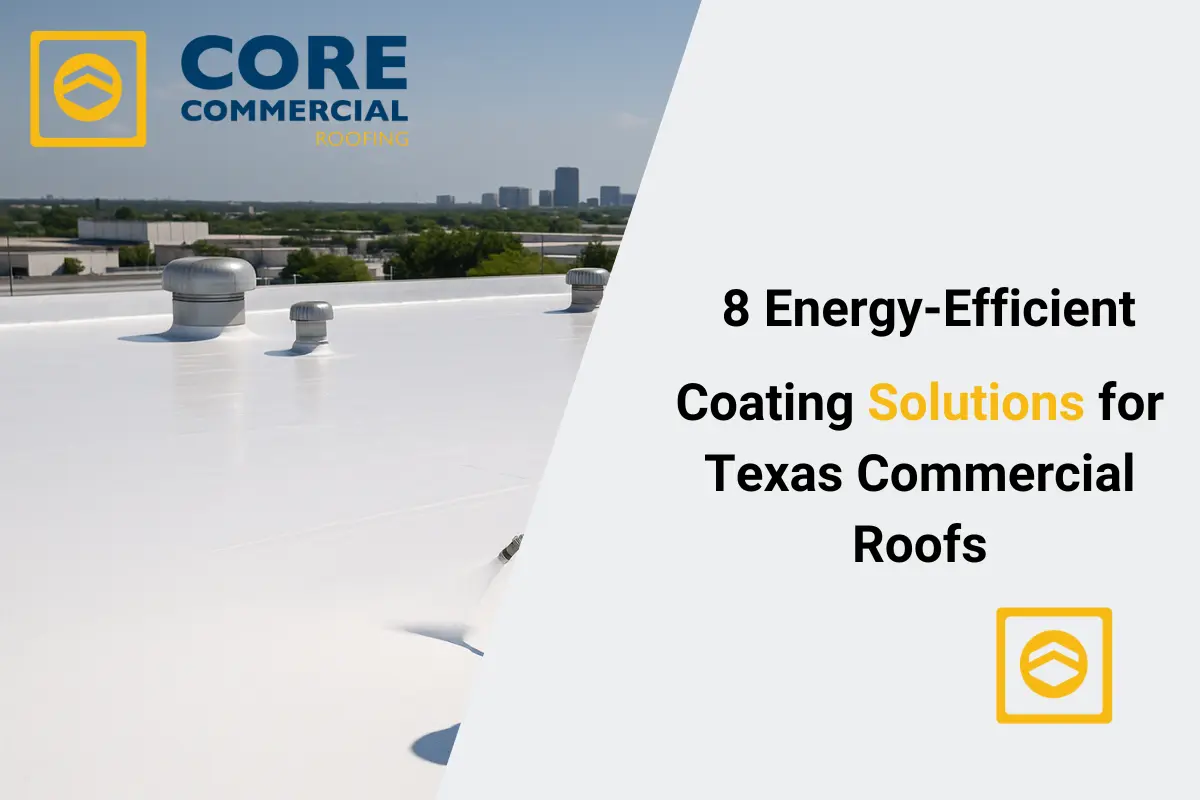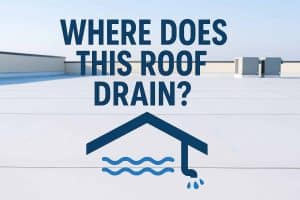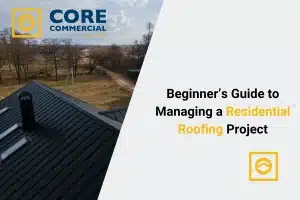Texas heat can be brutal, especially during the long summer months. For commercial building owners, this heat doesn’t just mean discomfort. It translates into sky-high energy bills, overworked HVAC systems, and faster wear and tear on the roof itself. That’s why Energy‑Efficient Coating Solutions are becoming a top priority for businesses throughout the state.

Table of Contents
This article breaks down eight powerful Energy‑Efficient Coating Solutions that can help lower energy use, extend your roof’s life, and improve comfort inside your building. We’ll explain each type of coating in simple language, focusing on what matters most to you—practical results, cost savings, and how to choose the best fit for Texas conditions. Whether you’re in Houston, Dallas, Austin, San Antonio, or El Paso, these tips apply across the board.
Why Energy-Efficient Coatings Matter in Texas
Constant Heat Means Constant Pressure on Your Roof
Texas experiences some of the highest average roof surface temperatures in the U.S., often exceeding 150°F during peak summer. With that much heat beating down, traditional roofing materials quickly absorb energy and transfer it into your building. That means:
- More strain on your air conditioning system
- Higher monthly energy bills
- Faster roof degradation and the need for costly repairs or replacements
The Power of Reflective and Insulating Coatings
Energy-efficient coatings solve this by either reflecting sunlight away from the building or insulating it better, reducing the amount of heat transferred indoors. These coatings can lower roof surface temperatures by 30% to 60%, significantly cutting energy consumption and increasing roof lifespan.
What to Look for in a Coating for Texas Commercial Roofs
Before jumping into specific coating types, here’s what to consider when choosing a solution tailored to Texas:
- Solar Reflectance (SR): Higher SR means better sunlight reflection.
- Thermal Emittance (TE): Measures how well the material releases absorbed heat.
- Durability: Coatings should withstand UV exposure, hail, and rainstorms.
- Flexibility: Needed for handling Texas’s expanding and contracting temperatures.
- Compatibility: The Coating must bond well with your existing roof type.
1. Acrylic Roof Coatings – A Budget-Friendly Reflective Shield
Acrylic coatings are water-based and highly reflective, making them a great option for hot, sunny climates like Texas. They’re often white or light-colored, bouncing sunlight back and reducing rooftop heat absorption.
Benefits for Texas Roofs:
- Reflects up to 85% of solar energy
- Cost-effective and easy to apply
- Ideal for flat or low-slope roofs
- Can extend roof life by 10 years or more
Best Use Cases:
- Large retail stores
- Office buildings with low-slope roofing
- Warehouses in sunny regions
Note: Not the best choice for areas with heavy ponding water unless properly sloped.
2. Silicone Roof Coatings – Built for Harsh UV and Rain
Silicone coatings are extremely weather-resistant, making them ideal for Texas cities that get hit with both intense sun and seasonal storms.
Why Texas Building Owners Choose It:
- Doesn’t degrade in UV light
- Great for roofs with ponding water
- High flexibility to handle thermal expansion
- Resistant to mold and mildew
Energy Efficiency Highlights:
Silicone reflects a large percentage of sunlight and lasts longer than acrylic, making it a great long-term investment for energy savings.
3. Polyurethane Coatings – Strong, Durable, and Impact-Resistant
Polyurethane coatings are known for their toughness and ability to resist mechanical damage. This is important for commercial roofs in areas of Texas prone to hail or heavy foot traffic.
Key Advantages:
- High tensile strength (good for hail-prone regions)
- Excellent adhesion and durability
- Available in aliphatic (UV-resistant) and aromatic (more affordable) forms
Energy Benefits:
While not as reflective as acrylic or silicone, aliphatic polyurethane coatings offer good UV protection, reducing energy use over time.
4. Elastomeric Roof Coatings – Flexible and Waterproof
Elastomeric coatings are rubber-like materials that create a seamless, watertight barrier on your roof. In Texas, where sudden downpours and long dry spells occur, elastomeric coatings help prevent leaks and energy loss.
What Makes It Stand Out:
- High reflectivity, especially when white or light-colored
- Maintains flexibility in both hot and cold conditions
- Can be applied to many types of roofing materials
This solution is ideal for older roofs showing early signs of wear but not ready for full replacement.
5. Cool Roof Coatings – Engineered to Beat the Heat
“Cool Roof” isn’t one single product—it’s a term used for any roofing system designed to reflect more sunlight and absorb less heat. These coatings are often certified by ENERGY STAR® or CRRC (Cool Roof Rating Council).
Perfect for Texas Weather Because:
- Keeps building interiors up to 10°F cooler
- Reduces energy costs by 15% to 30%
- Can qualify for utility rebates or tax incentives
Look for coatings labeled as “Cool Roof Certified” when shopping for maximum efficiency.
6. Reflective Aluminum Roof Coatings – Durable and Long-Lasting
These coatings combine reflective aluminum flakes with asphalt or other binders. While not as white as some cool roof options, they reflect infrared radiation very effectively.
Why Choose It:
- Excellent for older metal roofs
- Provides rust protection
- Resists UV degradation
Best For:
- Industrial buildings
- Manufacturing plants
- Storage facilities with metal or asphalt-based roofs
7. Bitumen-Based Reflective Coatings – Traditional but Reliable
Bitumen (or asphalt-based) coatings are popular for built-up roofs (BUR). When mixed with reflective additives, they provide both weatherproofing and moderate reflectivity.
Strengths:
- Affordable for large roof areas
- Good UV protection when blended with aluminum or white granules
- Helps slow heat transfer into the building
Not the most Energy‑Efficient Coating Solutions on the list, but a budget-friendly choice for buildings with older asphalt-based systems.
8. Hybrid Roof Coatings – Custom Blends for Performance
Some manufacturers now offer hybrid coatings that combine features of acrylic, silicone, polyurethane, and other materials. These are custom-engineered to deliver balanced performance in areas like reflectivity, water resistance, and durability.
Why It’s Great for Texas:
- Tailored for regional weather conditions
- High reflectance and long-lasting finish
- Works well on a wide range of surfaces
If your building has complex needs, like both foot traffic and ponding water, hybrids might offer the most complete solution.
How to Choose the Right Coating for Your Texas Building
1. Understand Your Roof Type
Flat roofs need different coatings than sloped ones. Know what your current system is made of—metal, asphalt, rubber, or something else.
2. Consider Local Climate Conditions
Is your region mostly sunny, like El Paso, or more prone to humidity and storms like Houston? Match the coating to your local environment.
3. Think About Foot Traffic and Usage
If your roof houses equipment or gets regular use, durability is as important as reflectivity.
4. Budget for the Long Term
A cheaper coating may save money today, but cost more later in repairs or energy usage. Factor in lifespan, recoating cycles, and maintenance needs.
Final Thoughts: Save Money, Energy, and Hassle
Choosing the right energy-efficient coating isn’t just about cutting electric bills, though that’s a huge benefit. It’s about:
- Protecting your investment
- Reducing future repair costs
- Improving comfort for your tenants or employees
- Being environmentally responsible
In a state like Texas, where heat is constant and weather can be unpredictable, roof coatings are not a luxury—they’re a smart business move.
Whether you own a strip mall in Dallas, a warehouse in Houston, or an office building in San Antonio, applying one of these Energy‑Efficient Coating Solutions can make your property more sustainable, durable, and cost-effective.
FAQs
What is the best roof coating for Texas heat?
In Texas, where summers are extremely hot, silicone and acrylic coatings are highly recommended. Silicone coatings offer excellent UV resistance and water protection, making them ideal for areas with intense sunlight and occasional rain. Acrylic coatings are cost-effective and provide good reflectivity, helping to keep buildings cooler and reduce energy costs.
How do roof coatings reduce energy bills in Texas?
Roof coatings, especially reflective ones, bounce back a significant portion of the sun’s rays, preventing excessive heat absorption. This keeps the building’s interior cooler, reducing the need for air conditioning and, consequently, lowering energy bills. In Texas’s hot climate, this can lead to substantial savings.
Are cool roof coatings effective in Texas climates?
Yes, cool roof coatings are particularly effective in Texas due to the state’s high temperatures and intense sun exposure. These coatings reflect more sunlight and absorb less heat than standard roofing materials, leading to cooler building interiors and reduced energy consumption.
How long do commercial roof coatings last in Texas?
The lifespan of commercial roof coatings in Texas varies based on the type and quality of the coating. On average, acrylic coatings last about 5-10 years, while silicone coatings can last up to 15-20 years. Regular maintenance can extend their longevity.
What are the benefits of reflective roof coatings?
Reflective roof coatings offer multiple benefits: they reduce roof surface temperatures, lower indoor cooling costs, extend the lifespan of the roof by minimizing thermal expansion and contraction, and contribute to a more comfortable indoor environment.
Can roof coatings prevent leaks in Texas storms?
Certain roof coatings, like silicone, provide a seamless and waterproof barrier, effectively preventing leaks during heavy Texas storms. They adhere well to various roofing materials and can withstand ponding water, making them suitable for areas prone to heavy rainfall.
Do roof coatings qualify for energy rebates in Texas?
Yes, many energy-efficient roof coatings qualify for rebates and incentives in Texas. Programs vary by utility company and region, so it’s advisable to check with local energy providers or consult with roofing professionals to determine eligibility and available benefits.
How much does commercial roof coating cost in Texas?
The cost of commercial roof coating in Texas depends on factors like the type of coating, roof size, and condition. On average, prices range from $1.50 to $4.50 per square foot. While initial costs may vary, the long-term energy savings and extended roof life often offset the investment.
Is roof coating better than roof replacement in Texas?
For roofs that are structurally sound but showing signs of wear, applying a roof coating is a cost-effective alternative to full replacement. Coatings can restore the roof’s appearance, enhance its performance, and extend its lifespan, all while being less disruptive and more economical than a complete replacement.
What types of roof coatings work best for Texas buildings?
In Texas, the most effective roof coatings include acrylic, silicone, and polyurethane. Acrylic coatings are affordable and reflective, suitable for various climates. Silicone coatings offer superior water resistance and UV protection, ideal for areas with intense sun and occasional rain. Polyurethane coatings are durable and resistant to foot traffic, making them suitable for commercial buildings with rooftop equipment.





